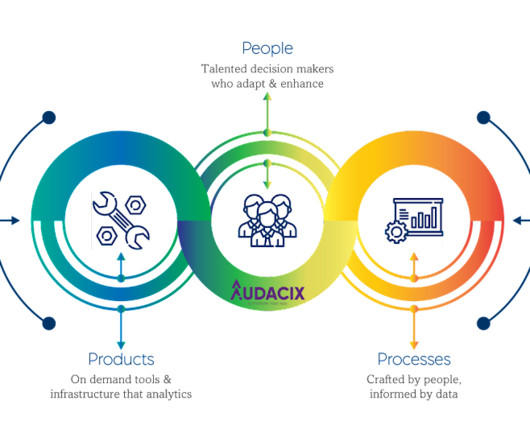Implementing Microservices in NodeJS
Frontegg
MAY 20, 2021
A microservice is an application architecture that takes every application function and puts it in its own service, isolated from the others. This architecture emerged as a solution to the old monolithic approach to web application development. All business logic is grouped into one extensive application.














Let's personalize your content